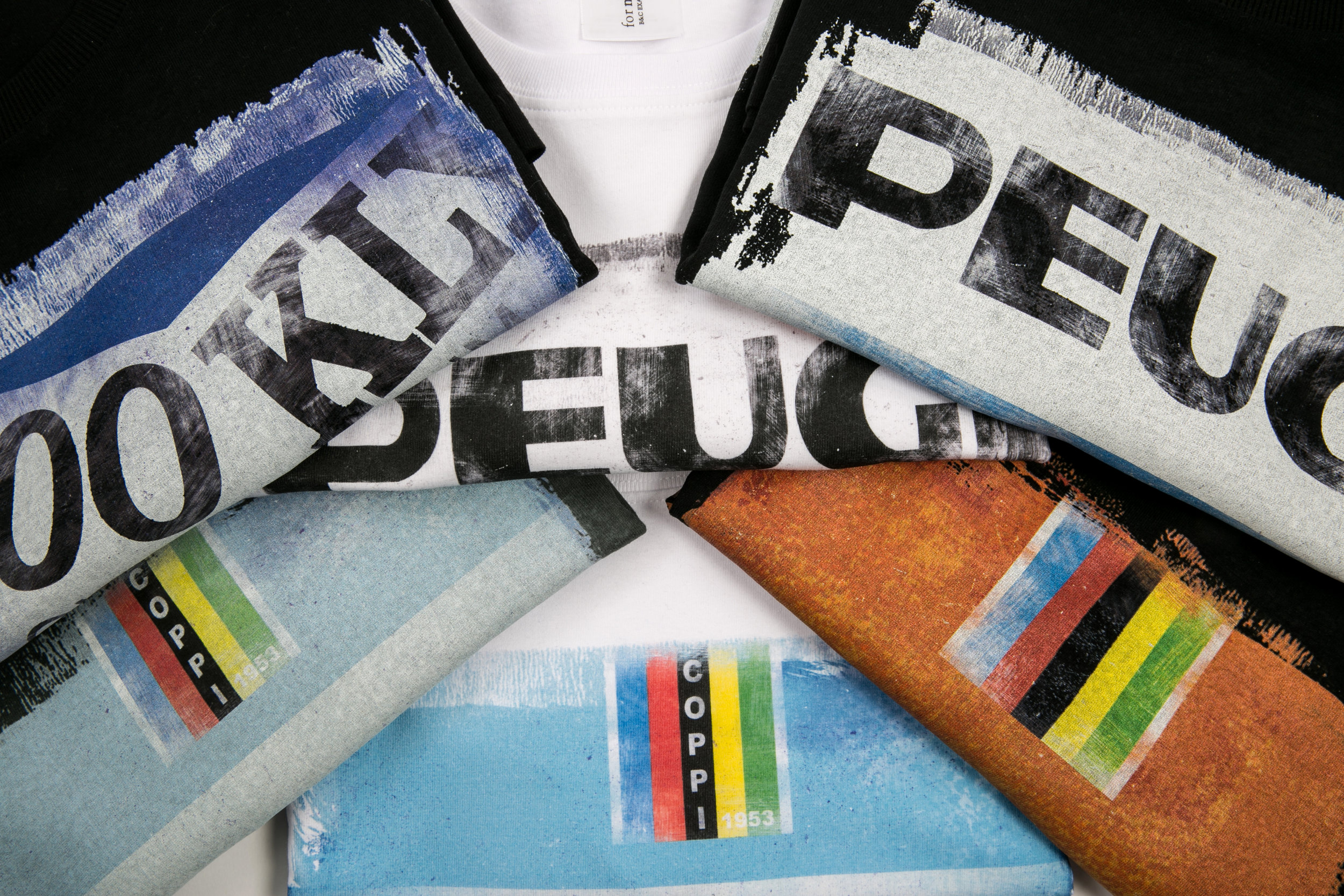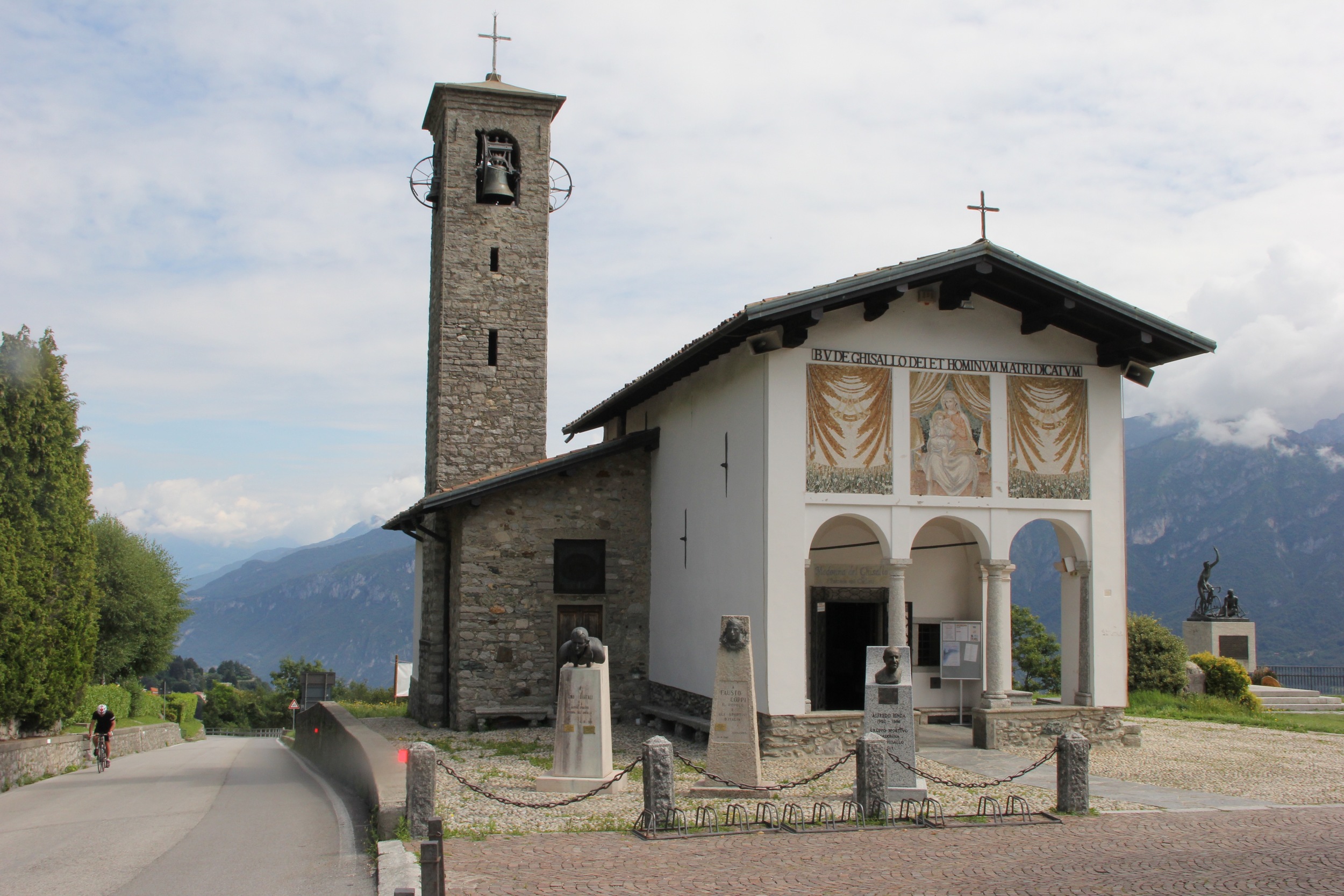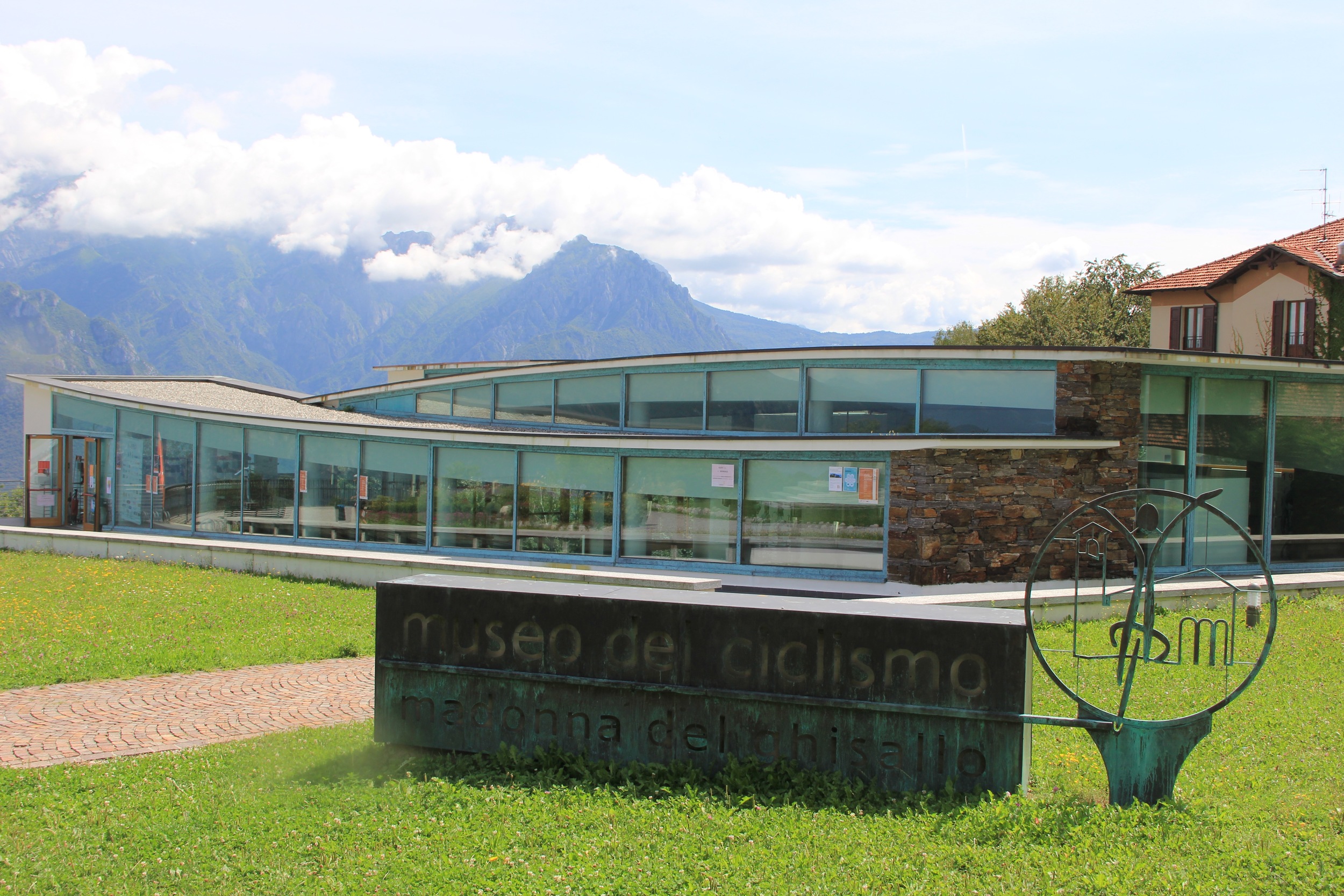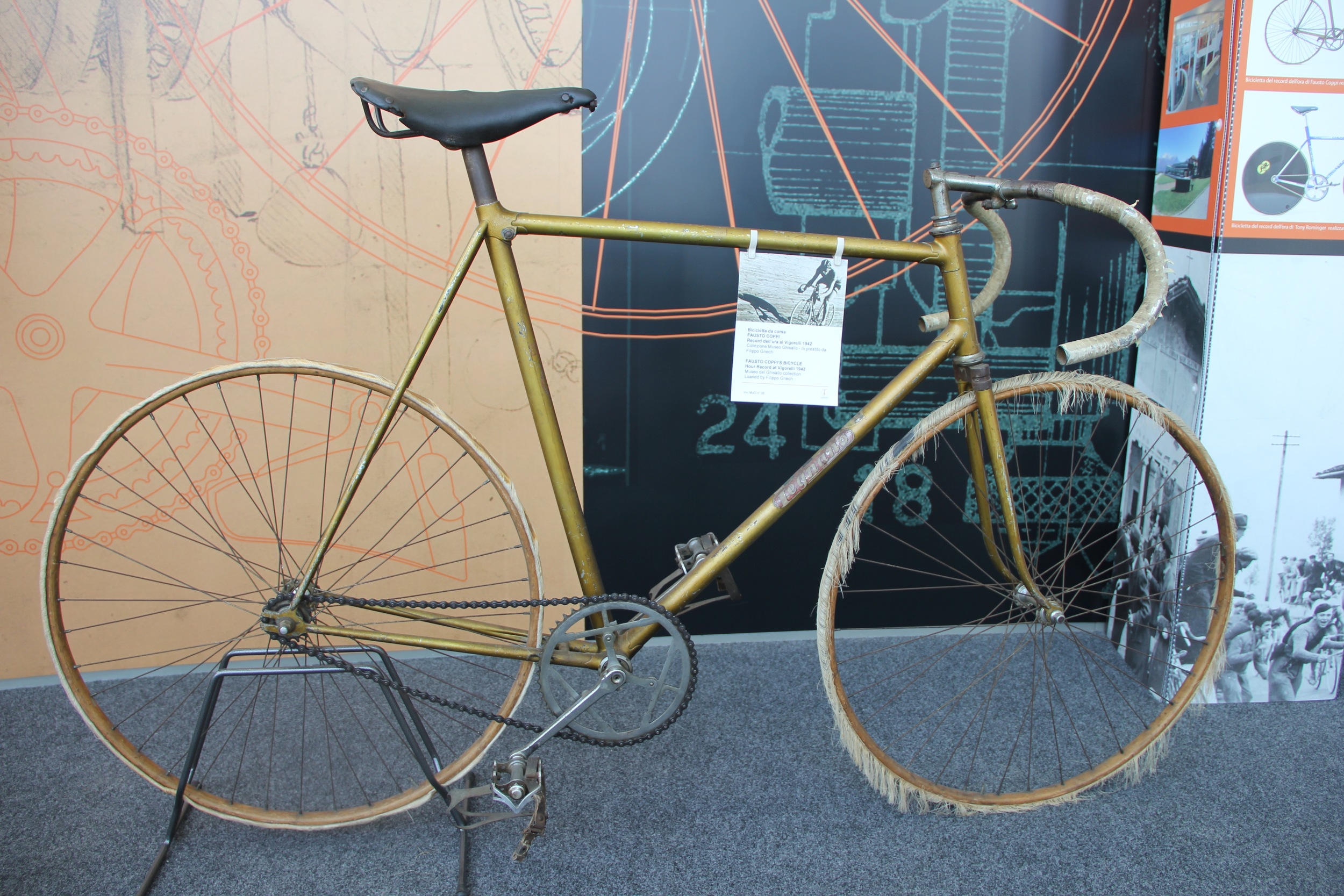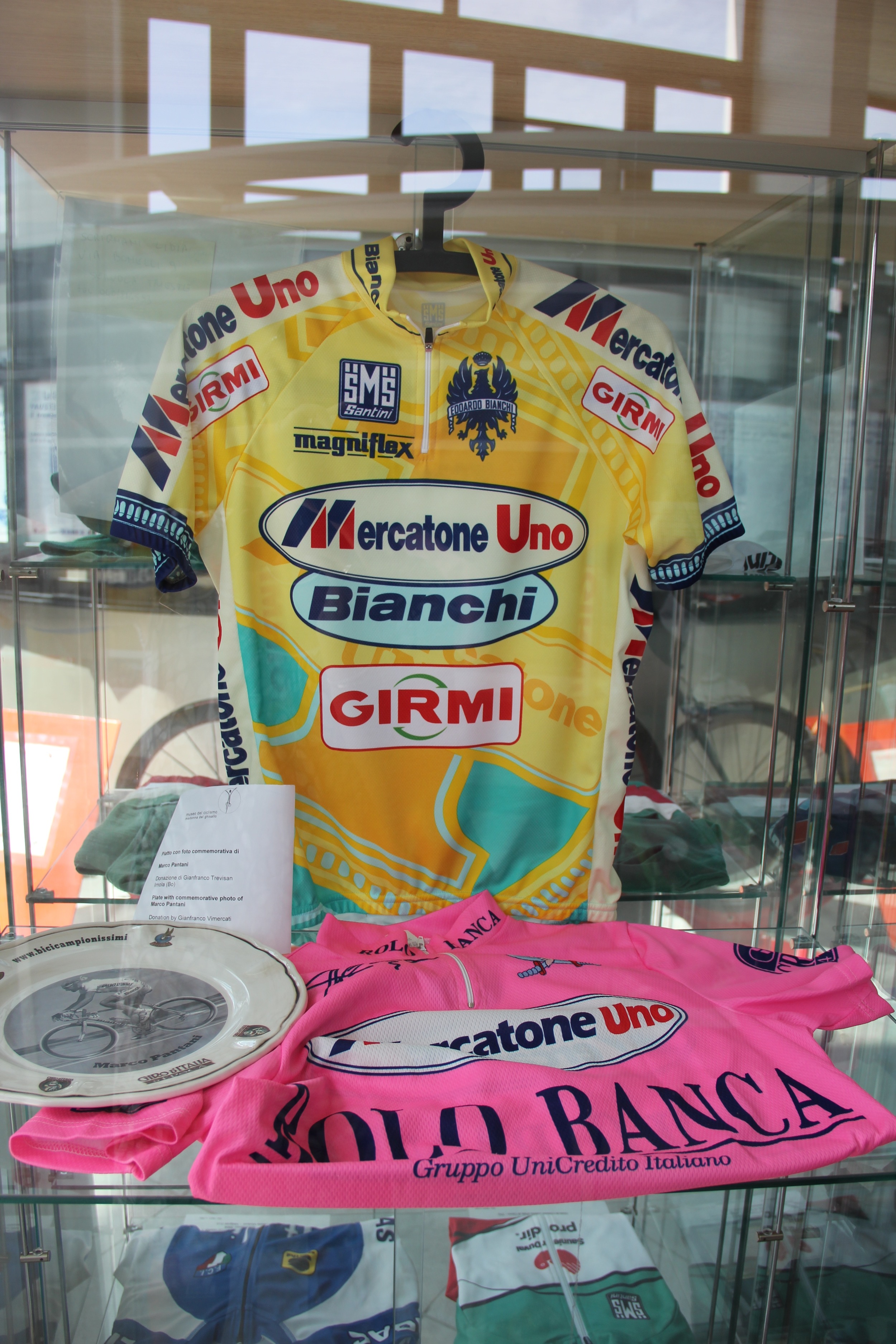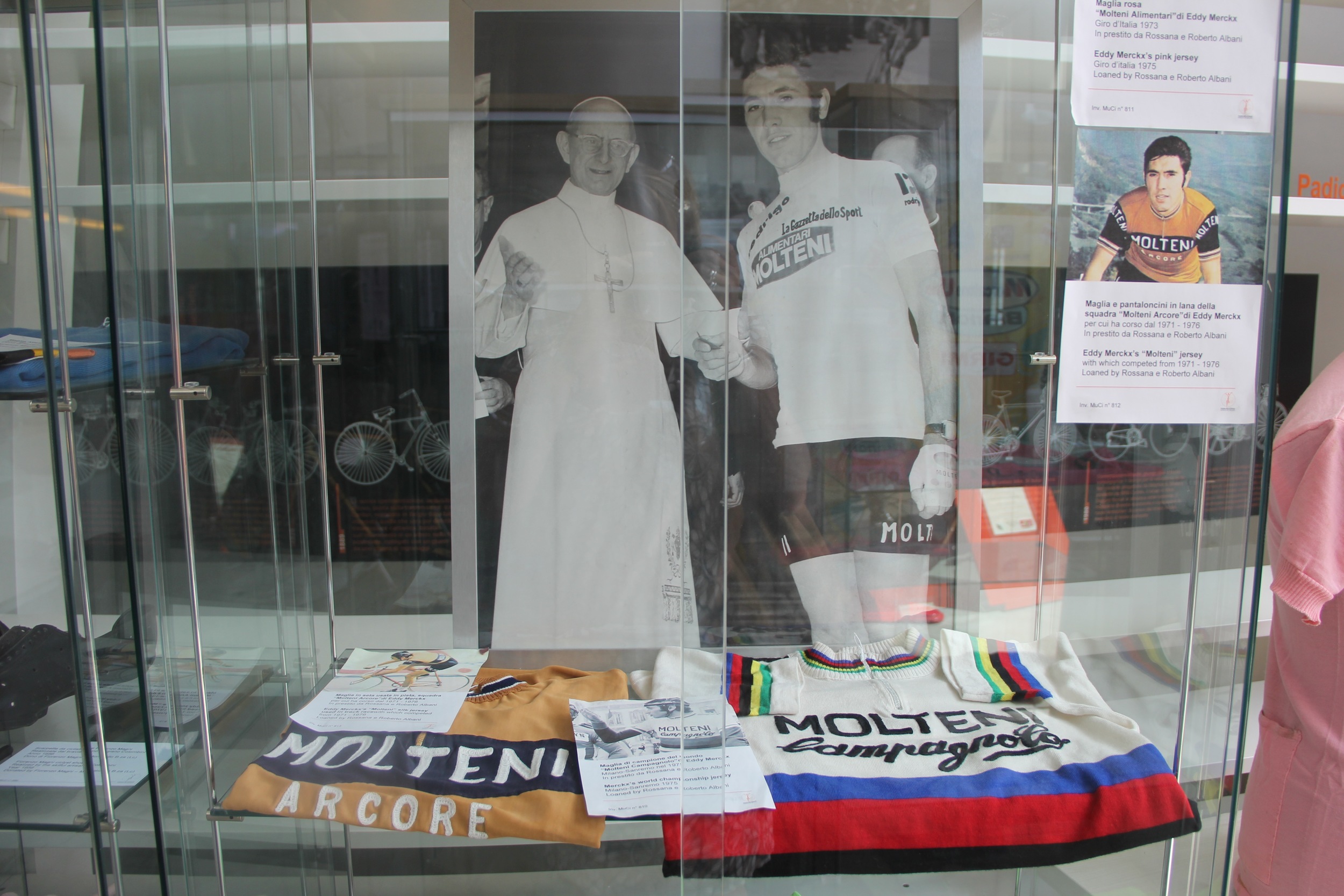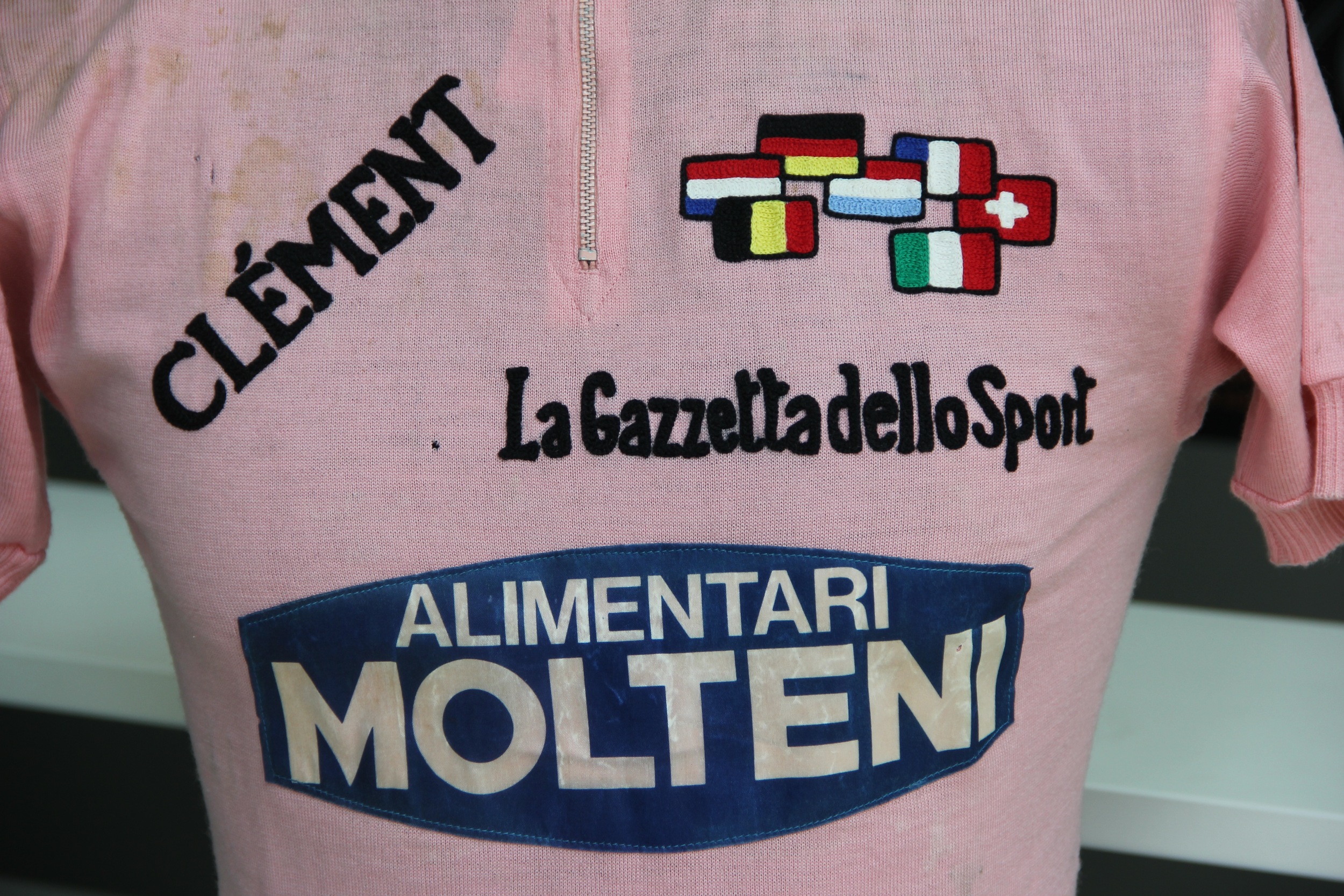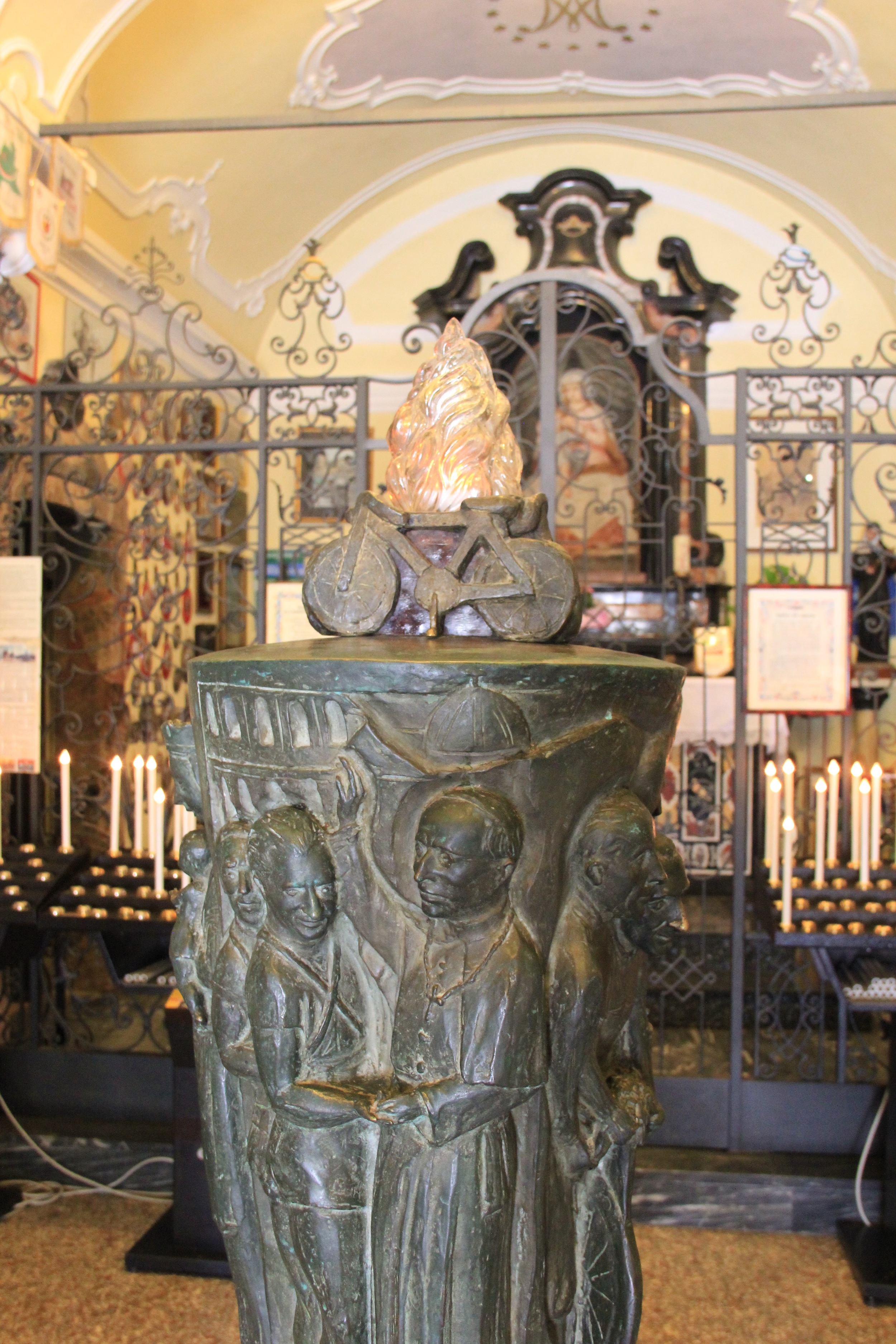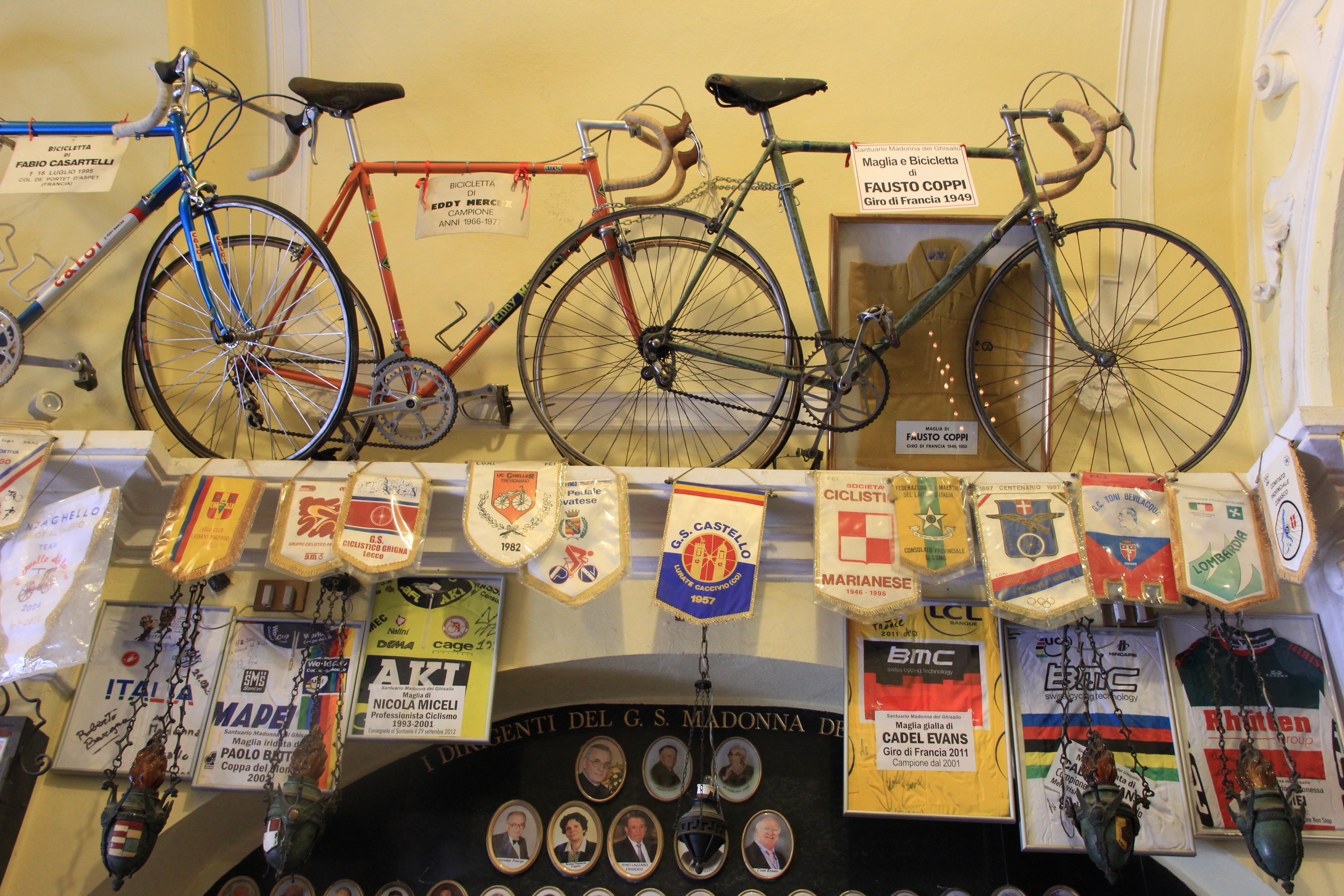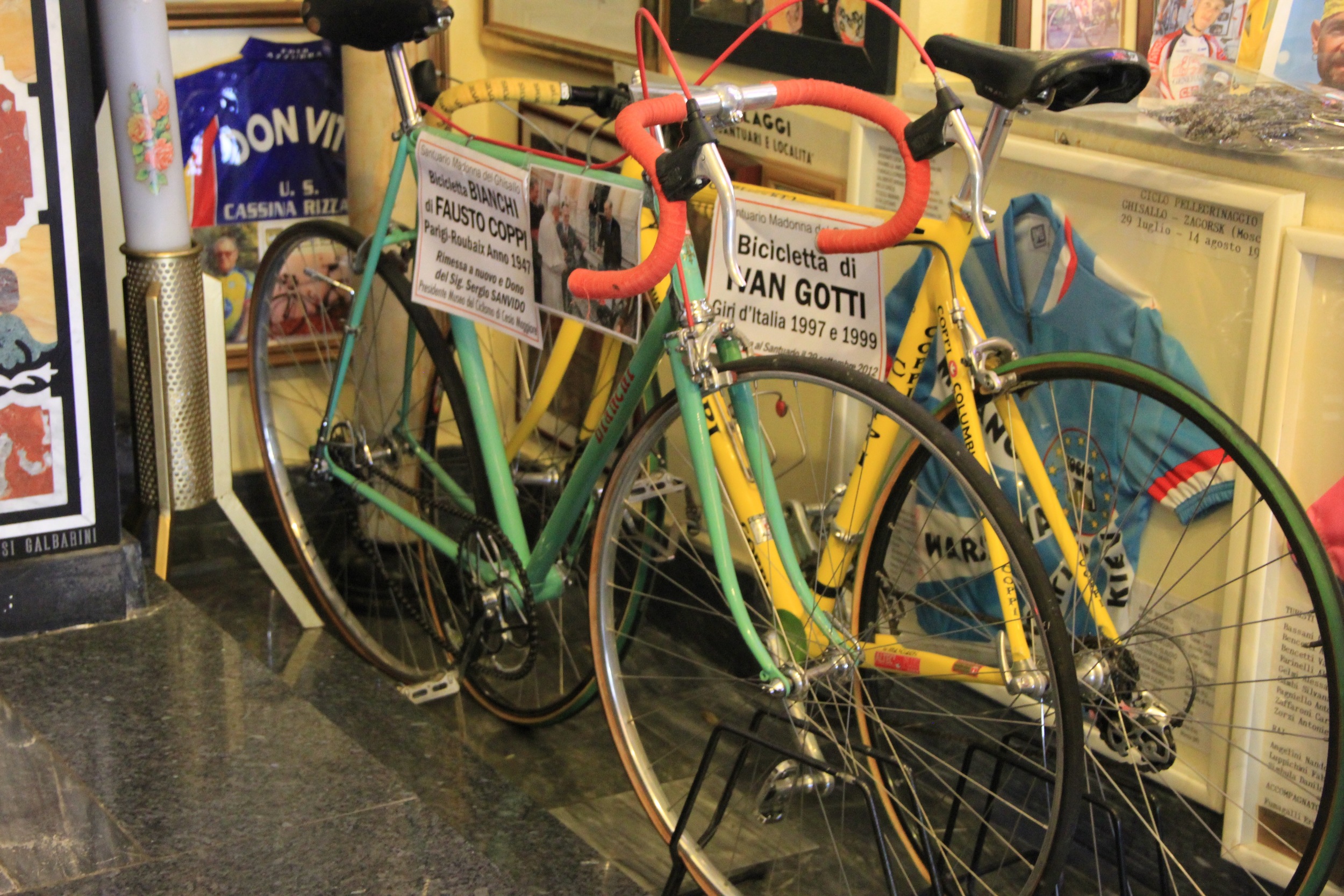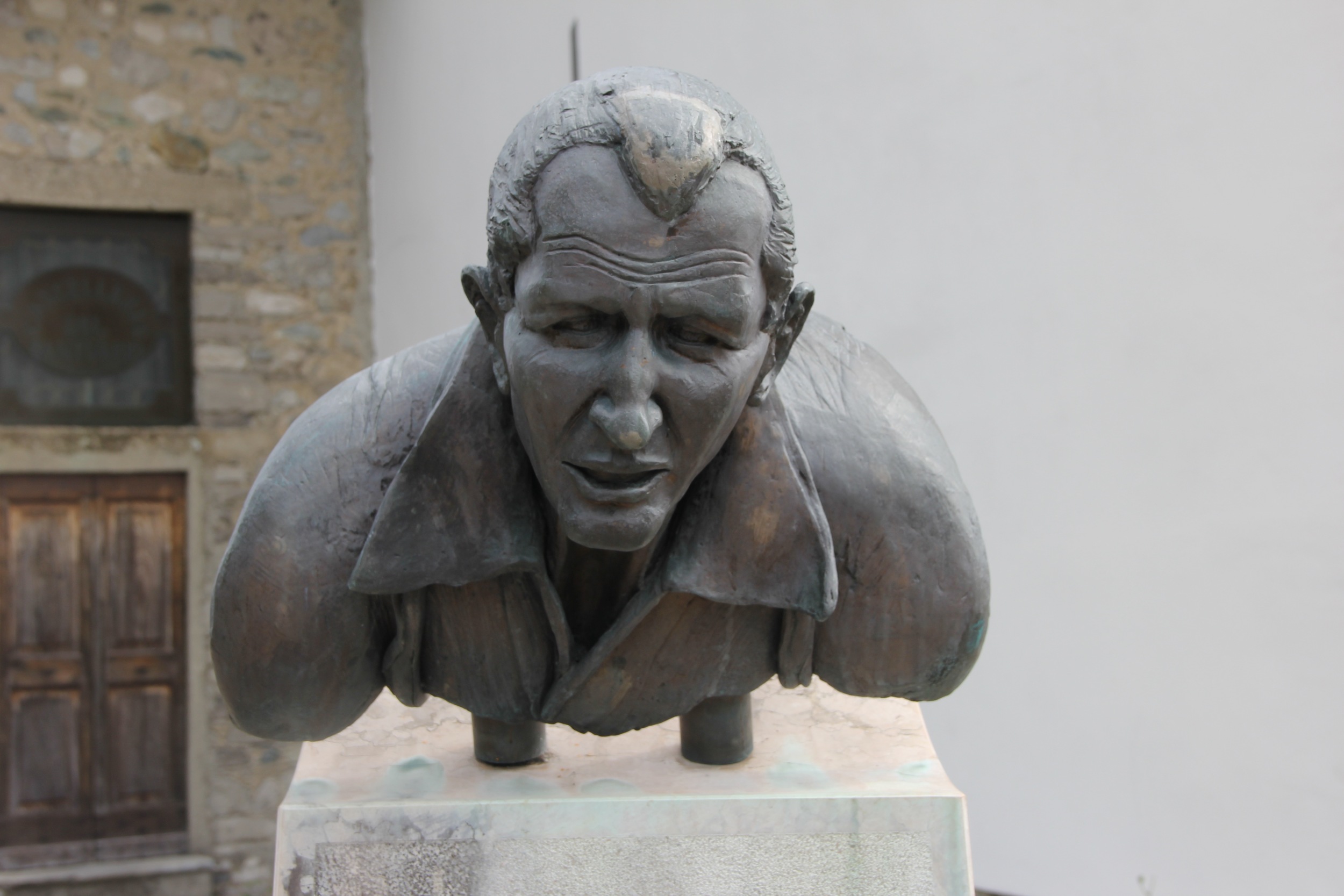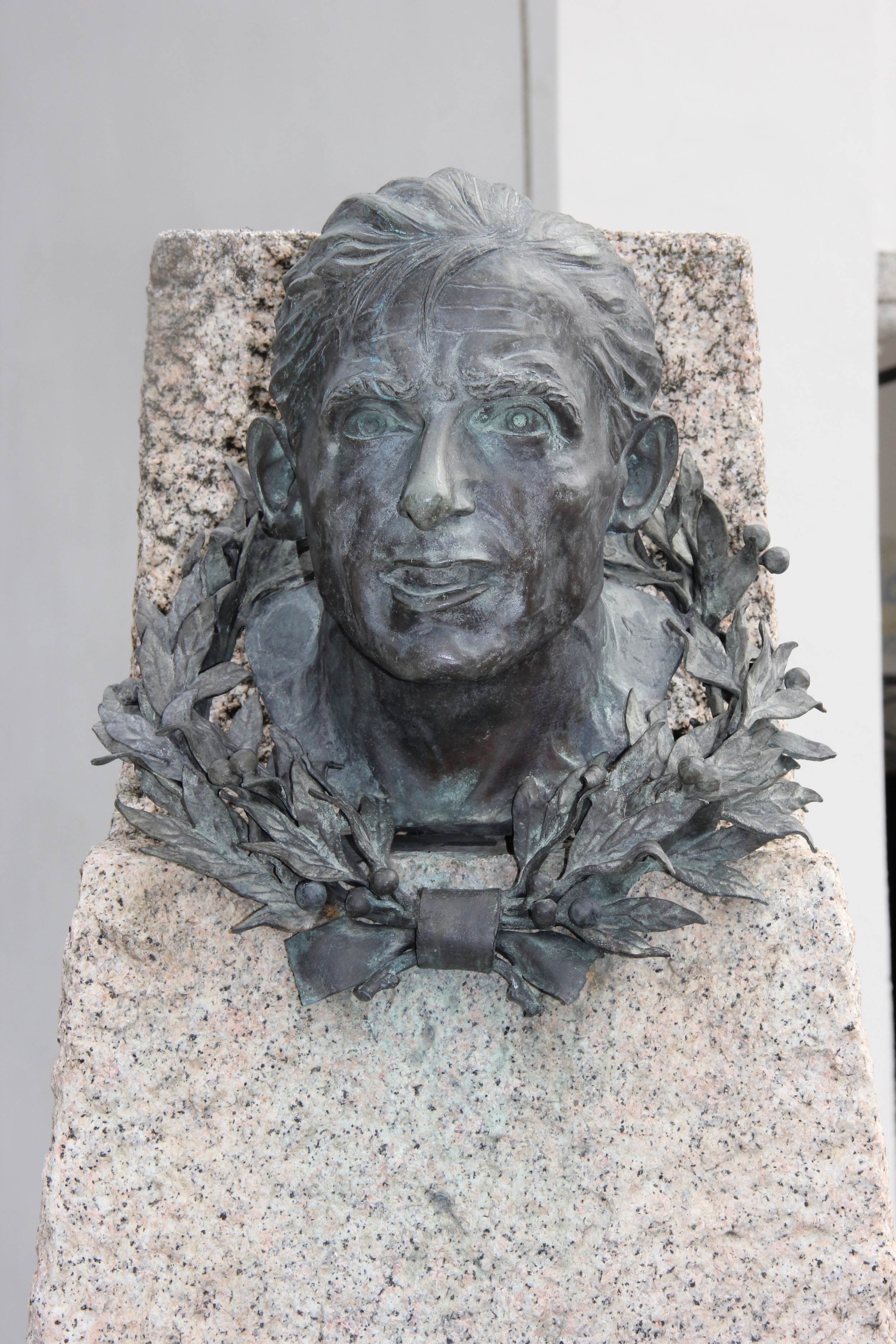By Robbie Broughton
Lake Como may well be known for its celebrity mansions nestling on the shores of its tranquil waters, but for a cyclist, this part of Italy holds a particular draw. Because if you go to Bellagio just along from George Clooney’s lakeside retreat, there is a famous climb from Como’s shores to the Madonna del Ghisallo, a beautiful chapel dedicated to famous cyclists of the past as well as a modern state of the art museum.
The De Rosa returns to its birthplace
For me, coming to Italy had a particular resonance and significance. After all, it’s the birthplace of my much loved De Rosa Milanino. What better way to bring my bike back home than to take it on a pilgrimage from Belaggio to Ghisallo?
It was also a return to my family’s roots who began as Genoese merchants with a restless streak for travel that had led them across the Mediterranean to Malta, Gibraltar, then Lisbon where they married into an Anglo Portuguese family. With a mongrel ancestry that encompasses Portuguese, Irish, Lithuanian, a smattering of French, and perhaps an even tinier smidgeon of Scottish, it was my Italian roots that remained undiscovered, unexplored.
The Museo del Ciclismo
Was this the reason behind my passion for Italian bikes, my reverence for the likes of Bartali, Coppi and Pantani? These are the riders who have set my heart racing as I’ve immersed myself into the romance and heroism of riding bikes. The Tour de France has all the glamour, but for me, it’s Italy and its heritage, its beautiful bike frames and crazy, passionate racing that grips me, always has, ever since I saw Pantani smash a mountain stage on the Giro from a TV screen in an Italian cafe in Soho.
Bellagio is an elegant town full of faded grandeur
So the morning after taking the ferry across stunning Lake Como to Bellagio, all faded grandeur with marble staircases in hotels and quaint balconies overlooking vintage launches, speedboats and genteel cafes, I tucked in to a hearty breakfast of scrambled eggs and those mini frankfurter sausages only found in continental hotels.
In terms of distance, the ride to Ghisallo is a short one: about 11km. That’s all uphill, however, and as I prepared my bike in the car park an interested passerby, a Dutchman, inquired about my route.
“These hills look tough, no?”
“Oh not so bad,” I nonchalantly replied. I’d neglected to study the inclines, but I’ve cycled through the Alps, been up the Tourmalet in the Pyrenees. I may be carrying a few extra kilos from back then, but nothing I can’t handle.
“It is 14% gradient, yes?”
“Oh, nothing as bad as that I don’t think!”
Espresso fuelled and ready for the climb
He wished me good luck and I fastened my shoes with the faintest sense of unease that this may be a little harder than a gentle uphill spin.
We all know that it’s a good idea to have a little warm up before you start going uphill, but Bellagio doesn’t really allow for that, surrounded as it is by steep mountainsides from behind and a lake in front. I set off at a good pace. The De Rosa (nicknamed Sergio) seemed delighted to be on the roads of its birth. I’ve always loved riding on the continent, love hairpin bends, and Sergio seemed to agree. Fuelled by Italian-strength espressos, I was barely out of breath after a couple of km, until the road suddenly ramped up. Worse still was the road sign that confirmed my Dutch friend’s warning: 14%.
The Madonna del Ghisallo
Yep, the ride from Bellagio to Ghisallo is not an easy one: 500m in just over 11km and part of the reason why it is a regular feature in the Giro de Lombardia. But it is one of the most beautiful and satisfying climbs you can do on a road bike. With that steep gradient early on, it’s not long before you find yourself looking over the vertiginous edge of the road down to Lake Como, admiring the mountains that thrust themselves upwards from its shores. Clouds nestle below their peaks. The hairpins come at quick regular intervals allowing you to set yourself short targets. Fellow cyclists call words of encouragement as they descend at break neck speed. Other silver-haired, nut-brown Italian cyclists ahead, toiling uphill, offer a target, a goal, someone to catch up with.
Beautiful views at the top of the climb
There’s a moment of respite where the road flattens out at the village of Civenna, indeed even goes down hill for half a km or so, offering a welcome breeze and a rest for tired legs. Then it’s the last couple of km up a few hairpins to the chapel where legend has it the Count of Ghisallo was saved from a band of robbers by the appearance of the Virgin Mary. The Madonna del Ghisallo was declared by Pope Pius XII to be the patroness of cyclists in 1949 during that year’s Giro d’Italia. Some trees offer shade from the now burning sun and I fill up my water bottle from a fountain. Up here there are some stunning views down to the lake and across to mountain peaks.
Lake Como in all its glory
The chapel looks out onto statues of Italy’s two greats from the past, Bartali and Coppi and I pose for a photograph between the two. Two heroes who encapsulate the romance and spirit of our glorious sport. Going into the tiny chapel is a wonderful experience. Having turned my back on my Catholic roots some time ago I was surprised to find myself moved by this shrine to cycling and cyclists.
Bartali and Coppi: they encapsulate the romance and spirit of cycling
The walls are festooned with small pictures of riders posing with their bikes and wearing club jerseys: these are the men, women and some children who have lost their lives on Italian roads and an eternal flame burns here in their memory. It’s been a while since I’ve said a prayer but I had a quiet moment of reflection when I looked into the faces of these ordinary riders, venerated here, remembered, and I felt a connection with these people who shared the same passion that I hold.
Inside the madonna del Ghisallo
The chapel is strewn with flags, pictures, jerseys, bikes and cycling memorabilia all donated by champions from the past. Some bikes hang high up on walls, some casually leaning against the altar. These aren’t any old bikes but the very machines ridden by Eddy Merckx, Francesco Moser, Coppi of course, and Gianni Motta.
€1 discount if you cycle to the museum!
Behind the chapel is a museum, now celebrating its 10th year. As a reward for that tough climb you’ve just toiled up you get €1 off the entrance fee so that for only €5 you have the privilege of entering a fabulous, cool, architecturally stunning building housing an incredible collection of artefacts that celebrate cycling. A ramp takes you into the heart of the museum with a hairpin bend reminiscent of the final stretch of the Ghisallo climb. Here is the Giro d’Italia pink jerseys section, dozens of them going back many decades all displayed on one wall, from the faded woollen ones of the past to the garish lycra of the modern era.
Admiring the Maglia Rosa collection
There’s an incredible collection of bikes here, from military, to everyday to racing bikes. Seeing a 1930’s Bianchi makes you realise how modern and forward thinking it was at the time – it’s not dissimilar in frame design to the 1970’s Bianchi I cherish back at home. Many hours can be spent scrutinising the histories of the top 48 cyclists of all time, admiring the wonderful images of racers or watching the 100 documentaries and short films that tell the story of not just competitive cycling, but the relationship between cycling, cinema, TV and social customs.
A 1930's Bianchi. Check out the incredible derailleur!
Sadly I was pulled away as we had another appointment to attend – albeit to one of Italy's other legendary cycling establishments, a visit to Passoni’s atelier in Milan. Time to go, but not before I bought myself a souvenir jersey of my ride. The word iconic is used all too easily these days, but this is a pilgrimage to the spiritual heart of cycling that is as close to a religious experience you can get. In my book that’s qualification enough: Bellagio to Madonna del Ghisallo is an iconic climb that anyone who loves cycling should aim to complete once in their lifetime.


